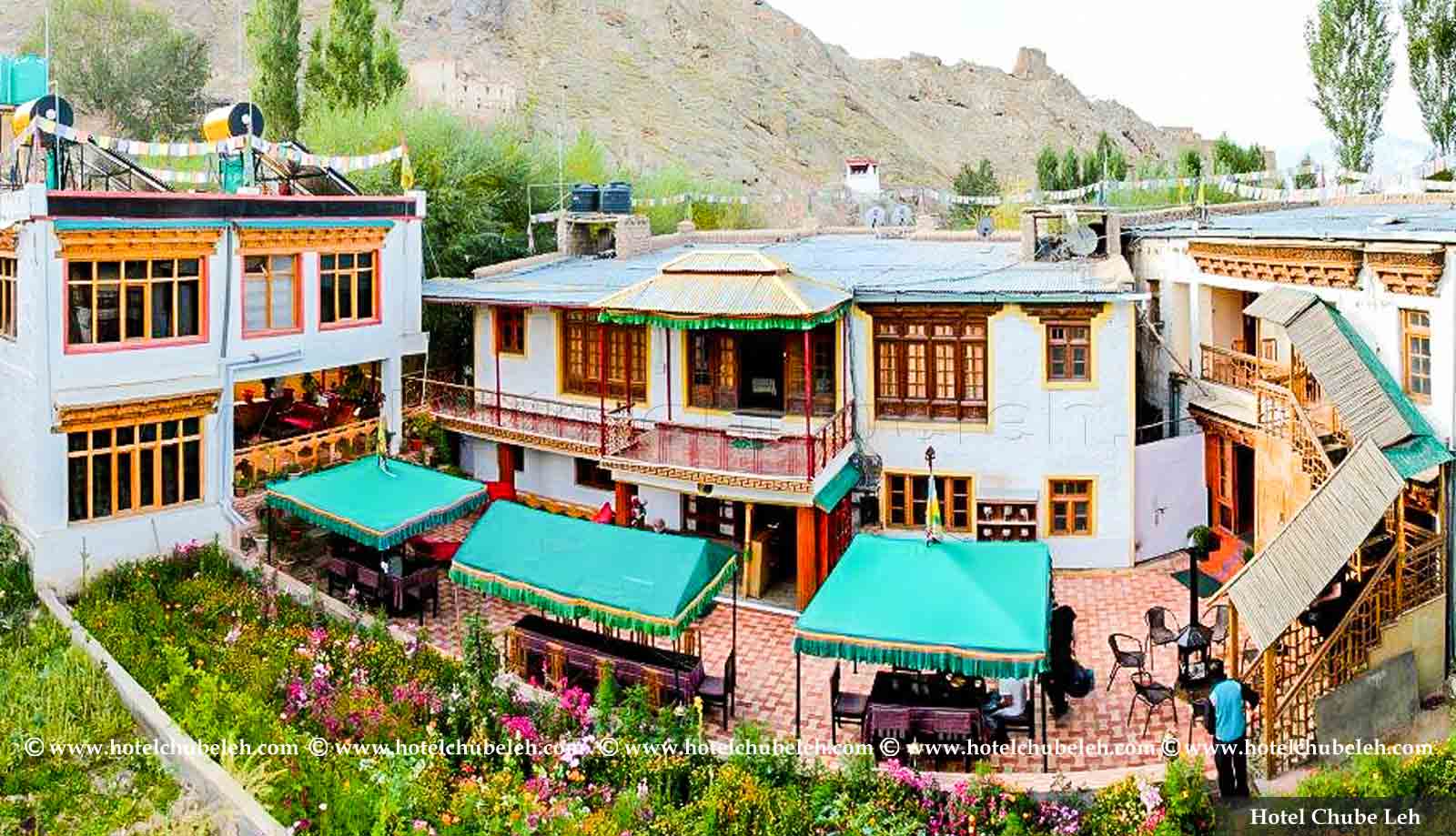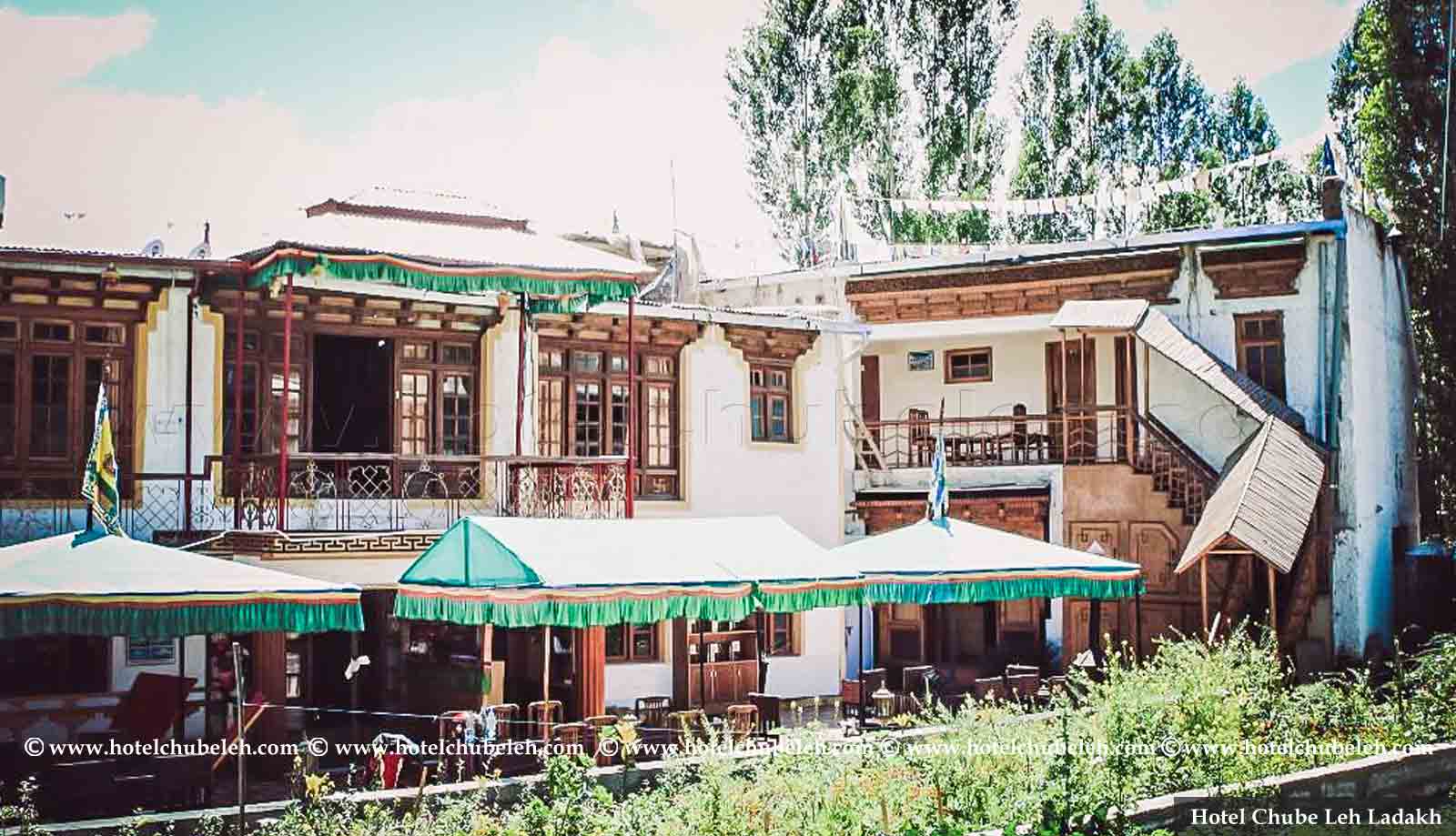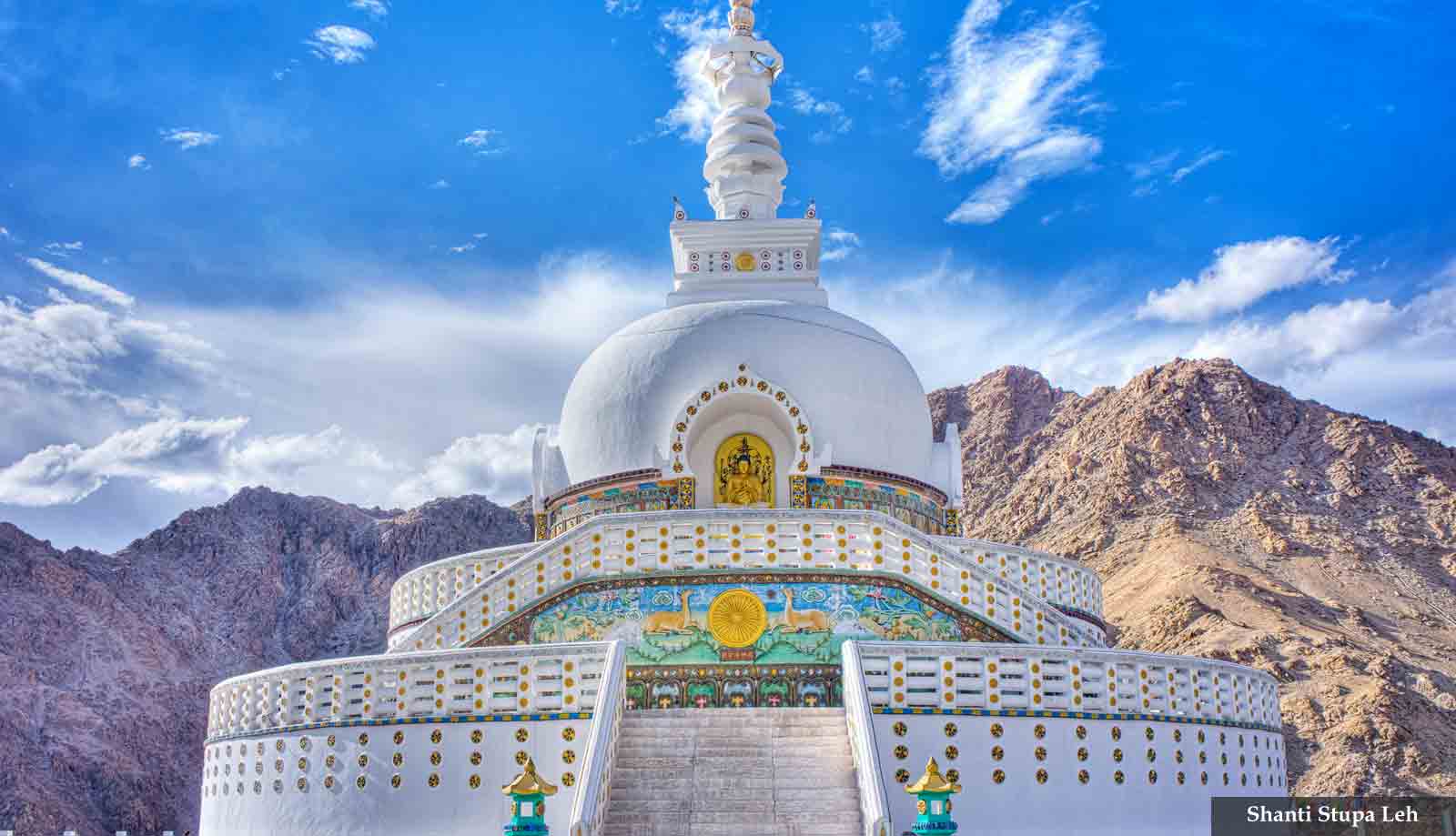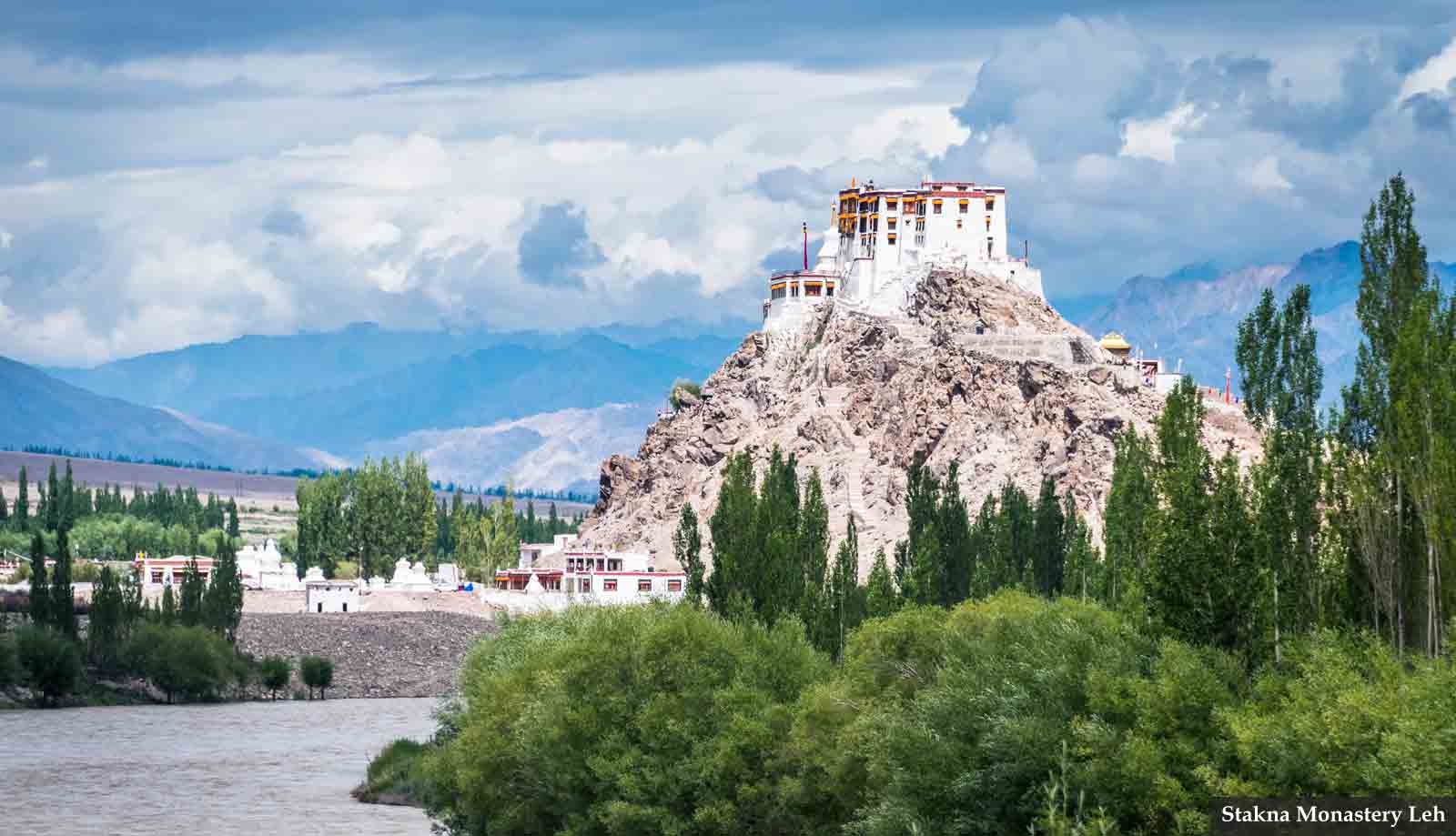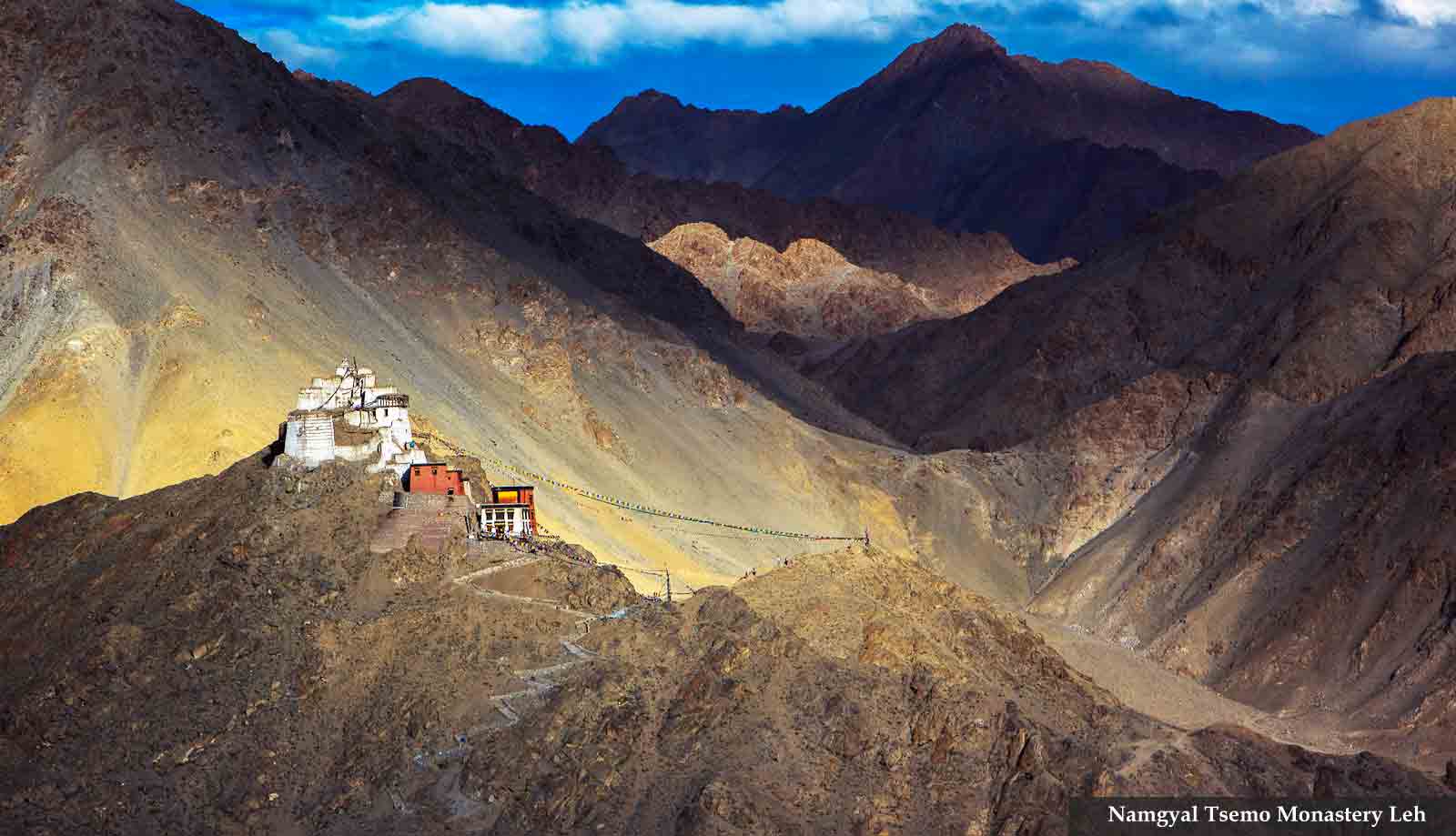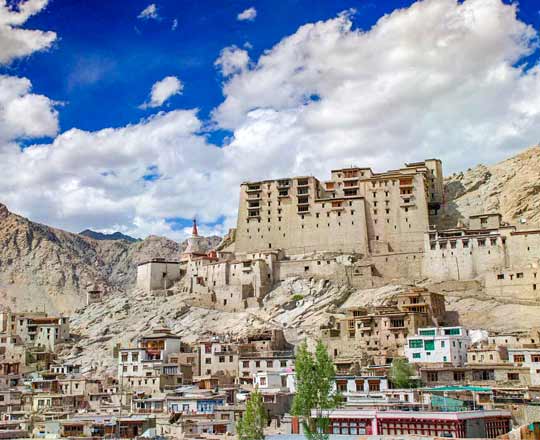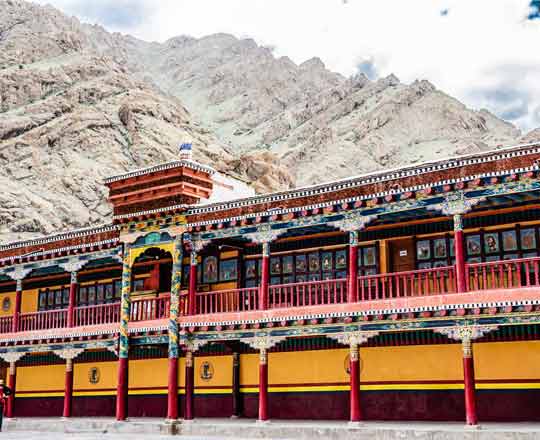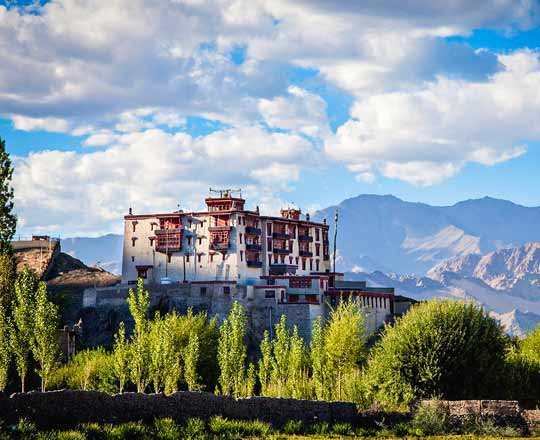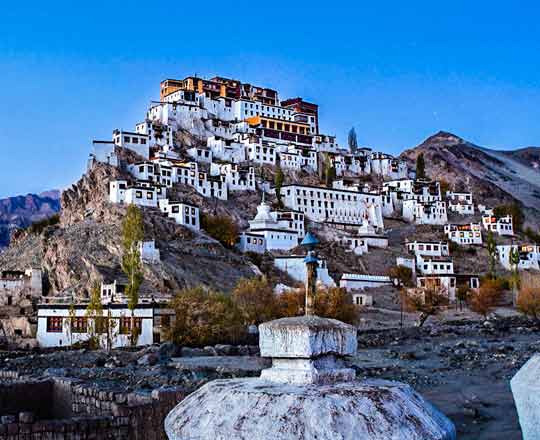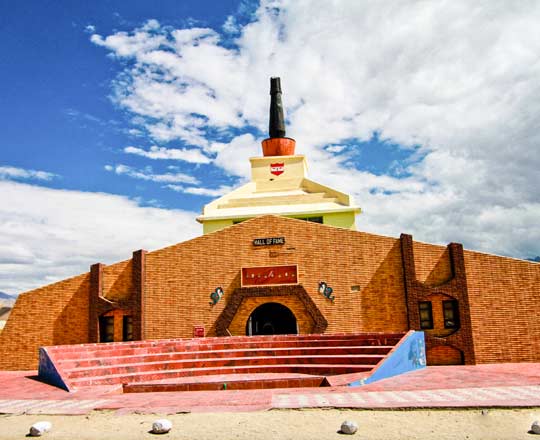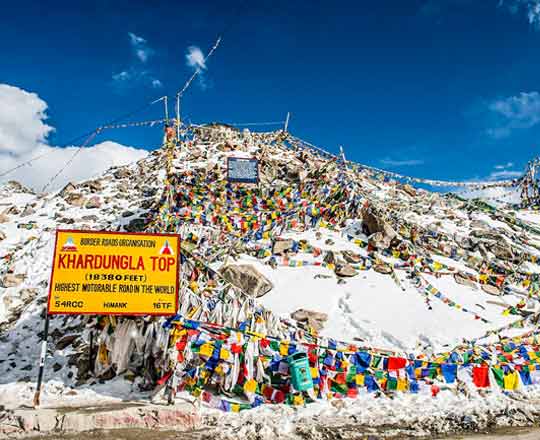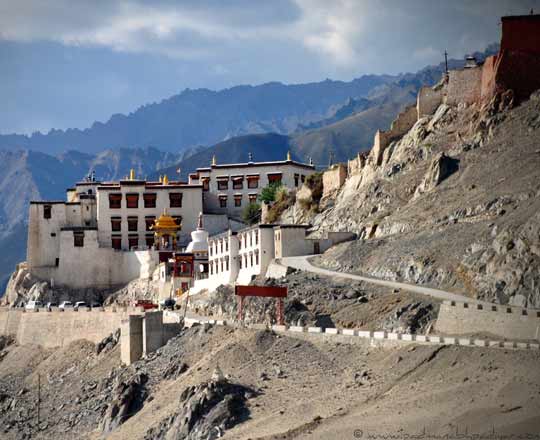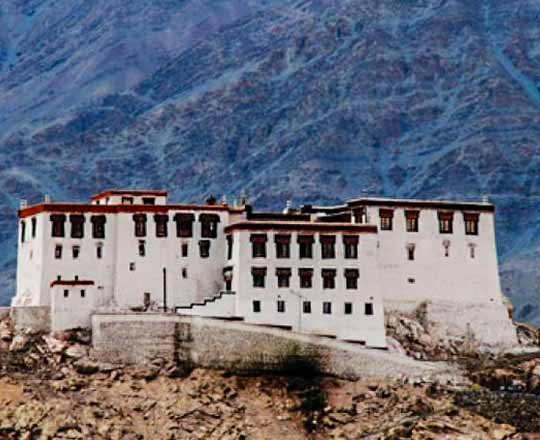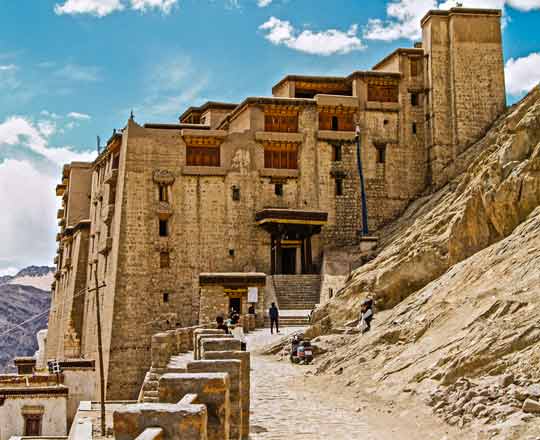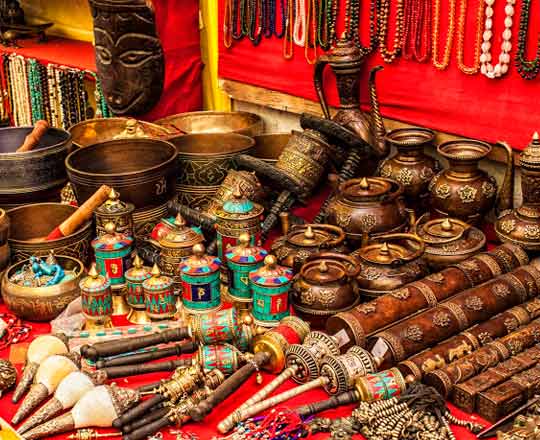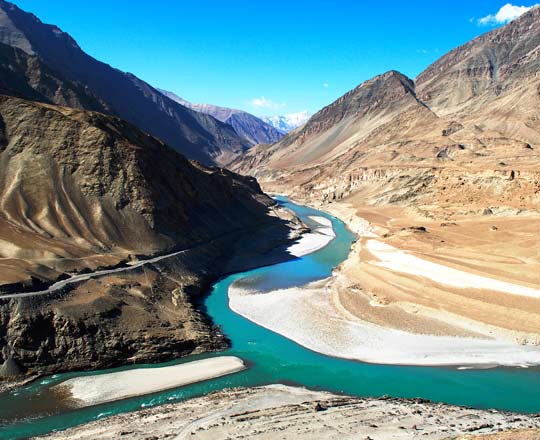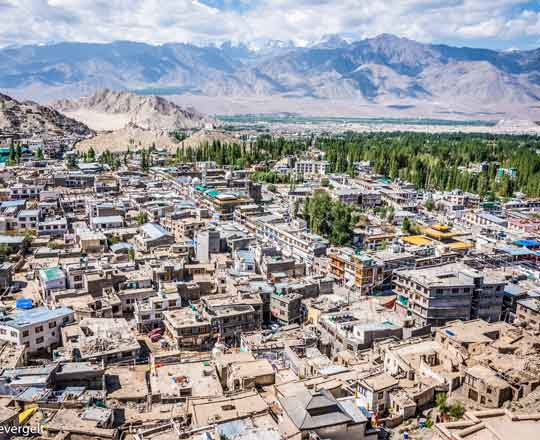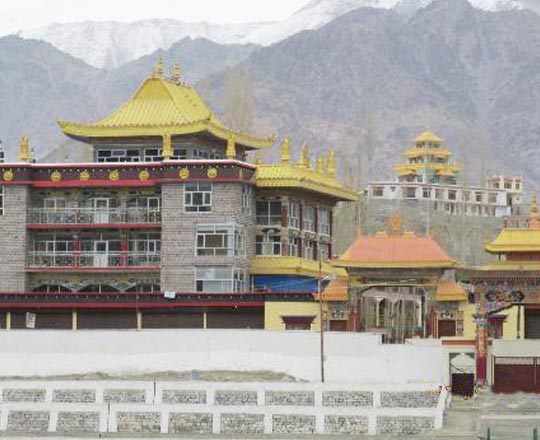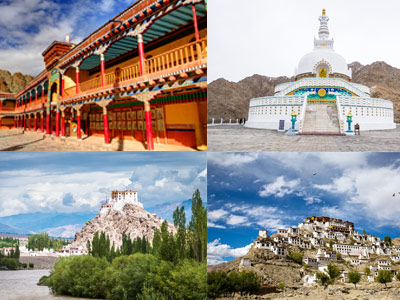 Leh is one of the mesmerizing places in Ladakh. The best time to visit Leh is from the month of June to September. There are many must visit places in Leh near Hotel Chube Leh, which one must see when in Leh. Leh city sightseeing is one of the enjoyable Leh things to do, which will require half or full day, but to visit all Leh local sightseeing places you must stay in Leh for 2 to 3 days. Check out the following must see places in Leh near Hotel Chube Leh.
Leh is one of the mesmerizing places in Ladakh. The best time to visit Leh is from the month of June to September. There are many must visit places in Leh near Hotel Chube Leh, which one must see when in Leh. Leh city sightseeing is one of the enjoyable Leh things to do, which will require half or full day, but to visit all Leh local sightseeing places you must stay in Leh for 2 to 3 days. Check out the following must see places in Leh near Hotel Chube Leh.
